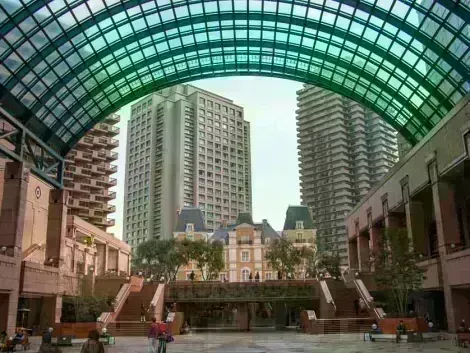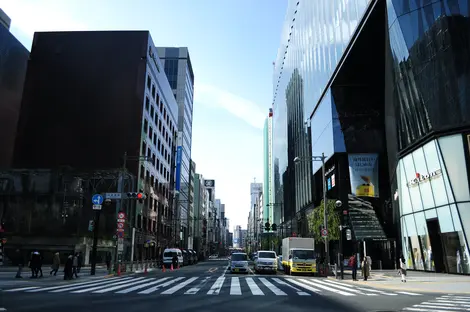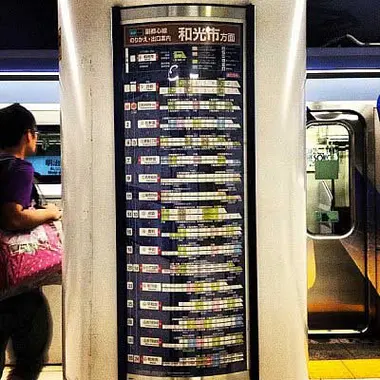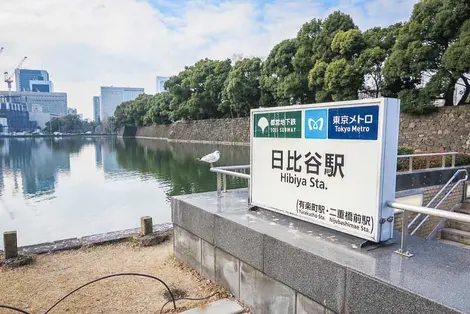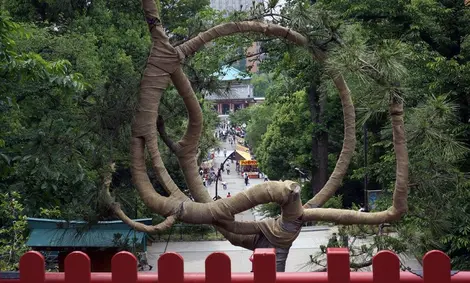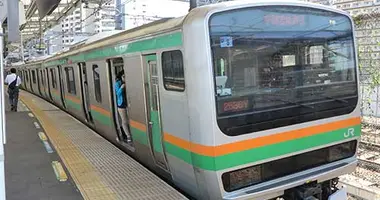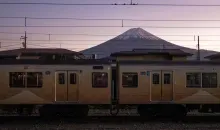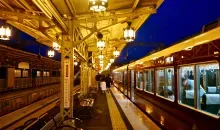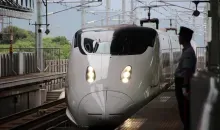Hibiya Line Tokyo: The Essential Guide
The Tokyo Metro Hibiya Line is a key subway line that runs across central Tokyo, connecting the city's southwest and northeast. Operated by Tokyo Metro, the Hibiya Line serves some of Tokyo's most popular districts and attractions, making it an essential route for both locals and visitors to know. This guide provides an overview of the Hibiya Line, highlighting its key stations, transfer points, train services, and tips for riding.
Overview of the Tokyo Metro Hibiya Line
The Tokyo Metro Hibiya Line runs for 20.3 km between Naka-Meguro Station in southwest Tokyo and Kita-Senju Station in northeast Tokyo. It was the first Tokyo Metro line to open in stages from 1961 to 1964, making it one of the oldest subway lines in the city. The line is known for its distinctive silver trains and is one of the busiest in the Tokyo Metro network, carrying over 1.2 million passengers per day.
A unique characteristic of the Hibiya Line is that it was the first Tokyo Metro line to offer through services with a private railway. At Kita-Senju, the line connects with the Tobu Skytree Line, with some trains continuing on to Tobu Dobutsu Koen and Minami-Kurihashi. This has made the Hibiya Line an important transit link between central Tokyo and the suburbs of Saitama Prefecture to the north.
Key stations on the Hibiya Line
The Hibiya Line serves a number of popular districts and attractions in central Tokyo:
- Ebisu Station - A trendy area known for the Yebisu Garden Place complex, with its shops, restaurants, beer museum, and photography museum.
- Roppongi Station - Tokyo's most famous nightlife district, home to clubs, bars, and the Roppongi Hills and Tokyo Midtown complexes.
- Ginza Station - Located in the heart of Tokyo's upscale Ginza shopping district, with its high-end boutiques and department stores.
- Tsukiji Station - Closest station to the outer Tsukiji Market, a mecca for seafood lovers even after the relocation of the inner wholesale market.
- Akihabara Station - Tokyo's "Electric Town", famous for its electronics retailers and anime/manga shops. Also a transfer point for the Akihabara Station on the JR Yamanote, Keihin-Tohoku and Chuo-Sobu lines.
- Ueno Station - A major transport hub with connections to multiple JR and other subway lines. Ueno is known for Ueno Park with its museums and zoo, and the nearby Ameyoko shopping street.
- Iriya Station - Closest station to the historic Yoshiwara pleasure district and Onoterusaki Shrine.
- Minowa Station - Next to Yoshiwara and Ueno's shitamachi old town district. Transfer point for the Tokyo Sakura Tram (Toden-Arakawa Line).
- Kita-Senju Station - Terminal station where the Hibiya Line connects with the Tobu Skytree Line for through services. Also a transfer point for the Chiyoda Line, Joban Line and Tsukuba Express.
Transfer options and through services
One of the strengths of the Hibiya Line is its many transfer points to other railway and subway lines, giving access to a wide area of Tokyo and beyond.
The most notable connection is at the northern terminus of Kita-Senju Station, where Hibiya Line trains continue onwards through service on the Tobu Skytree Line. Most trains run to Tobu-Dobutsu-Koen, with some continuing even further to Minami-Kurihashi on the Tobu Nikko Line in Saitama Prefecture. During peak hours, there are also some trains that terminate at Takenotsuka, Kita-Koshigaya or Kita-Kasukabe on the Tobu Skytree Line.
In the past, the Hibiya Line also had through service trains to the Tokyu Toyoko Line at its southern end, but this was discontinued in 2013.
Hibiya Line train services
Trains on the Hibiya Line are operated by a fleet of Tokyo Metro 13000 series EMUs, which entered service in 2017. These are complemented by Tobu 70000 series EMUs which run on through services to the Tobu Skytree Line. Both series have 7 cars per train.
The Hibiya Line is one of the busiest in Tokyo, so trains run very frequently, every 3-5 minutes during peak hours. The first trains start from around 5:00 am and the last trains are just after midnight.
A special rapid service called the TH Liner was launched in 2020, with reserved seating and limited stops on the Hibiya Line and Tobu Skytree Line. These services use special Tobu 70090 series EMUs.
Tips for riding the Hibiya Line
Here are a few tips to keep in mind when using the Hibiya Line:
- The Hibiya Line is color-coded silver on maps - look for the silver line when navigating the Tokyo subway network.
- Tickets can be bought from multilingual vending machines at each station. Even easier is to get a rechargeable IC card like Pasmo or Suica which can be simply tapped on the ticket gates.
- Remember to follow proper train etiquette, like not talking loudly on the phone, giving up priority seats to those in need, and not eating while on trains.
- Especially during morning and evening rush hours, trains can get very crowded. Avoid rush hour if possible or be prepared to squeeze in!
- If you miss your last train, you may need to take a taxi or stay out until first train. Plan your late night travelaccordingly - especially if you have to transfer between different train operators' lines.
Attractions and things to do along the Hibiya Line
The Hibiya Line provides access to some of Tokyo's top attractions and neighborhoods:
- Shop till you drop in Ginza, Tokyo's glitziest district for high-end shopping and dining.
- Catch a traditional kabuki play at the Kabukiza Theatre near Higashi-Ginza Station.
- Browse the many gourmet shops and restaurants at the outer Tsukiji market.
- Visit the scenic gardens and museums of Ueno Park, including the Tokyo National Museum, National Museum of Western Art, and Ueno Zoo.
- Go back in time to old Tokyo with a visit to Ningyocho for traditional crafts and food.
- Get your electronics fix and immerse yourself in otaku culture in Akihabara.
- Enjoy a riverside stroll and upscale shopping and dining in trendy Nakameguro.
Whether you're a visitor exploring the city or a local looking to get from A to B, the Tokyo Metro Hibiya Line is a convenient and efficient way to travel across the Japanese capital. With this guide in hand, you're now ready to master one of Tokyo's key subway lines!





